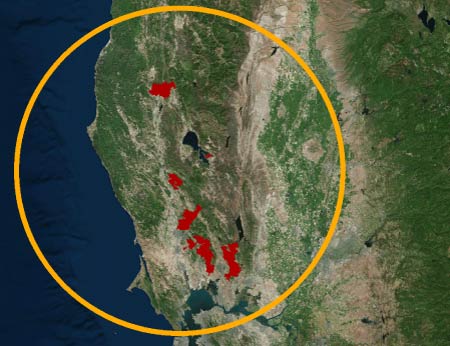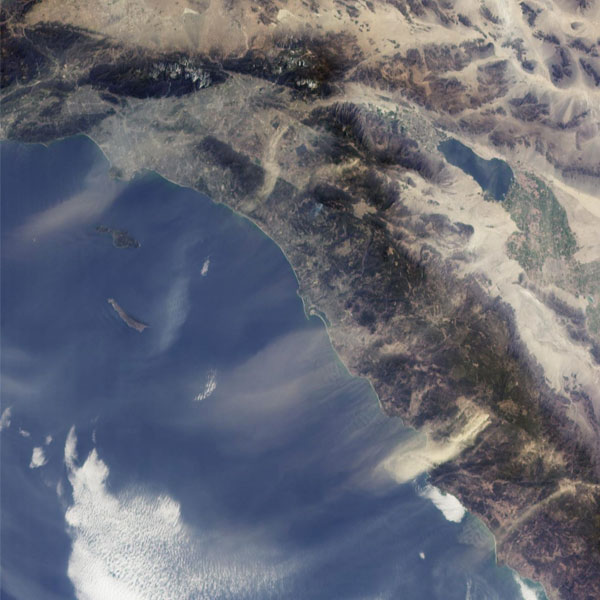California on Fire: The New Normal?

The rising costs of wildfires
According to Verisk Analytics, 2 million homes in California have high to extreme risk of wildfires, with the highest risk located in the northern part of the state. Just last year, hundreds of wildfires ignited in Napa and Sonoma counties in October, destroying 9,000 homes and causing more than USD 16 billion in insured losses.
The back-to-back record-setting years of wildfire losses in California may be a sign of the new normal. While a changing climate may play a role in the frequency, intensity, and duration of wildfires, the meteorological and hydrological factors are complex. A major factor that is well understood, however, is the rapid growth of population in the wildland-urban interface (WUI)—the area where human development intermixes with the wildlands— and is most at risk from wildfire.
How are you managing a growing wildfire risk? View the infographic
Managing wildfire risk using AIR’s model
With rising losses, companies can no longer rely on historical experience to manage wildfire risk. The AIR Wildfire Model for the United States, covering 13 western states, uses detailed data on weather, fuels, seasonality, and landscape ecology to capture the potential for fire ignition and the spread of fire through the wildland-urban interface and beyond.
AIR’s physically based, stochastic approach can help companies develop effective pricing, underwriting, and portfolio management strategies. Insurers can also use AIR’s model, which includes secondary modifiers for defensible space and the use of fire-resistant building materials, to incentivize wildfire risk mitigation.









